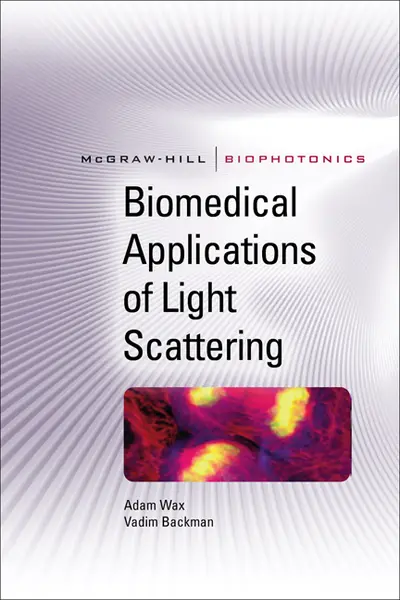My Account Details

ISBN10: 0071598804 | ISBN13: 9780071598804

Step 1 . Download Adobe Digital Editions to your PC or Mac desktop/laptop.
Step 2. Register and authorize your Adobe ID (optional). To access your eBook on multiple devices, first create an Adobe ID at account.adobe.com. Then, open Adobe Digital Editions, go to the Help menu, and select "Authorize Computer" to link your Adobe ID.
Step 3. Open Your eBook. Use Adobe Digital Editions to open the file. If the eBook doesn’t open, contact customer service for assistance.
Publisher's Note: Products purchased from Third Party sellers are not guaranteed by the publisher for quality, authenticity, or access to any online entitlements included with the product. Essential light scattering theories, techniques, and practices Extend tissue characterization and analysis capabilities using cutting-edge biophotonics tools and technologies. This comprehensive resource details the principles, devices, and procedures necessary to fully employ light scattering in clinical and diagnostic applications. Biomedical Applications of Light Scattering explains how to work with biological scatterers and scattering codes, accurately model tissues and cells, build time-domain simulations, and resolve inverse scattering issues. Noninvasive biopsy procedures, precancer and disease screening methods, and fiber optic probe design techniques are also covered in this detailed volume. Analyze light scattering spectra from complex and continuous media Build high-resolution cellular models using FDTD and PSTD methods Work with confocal microscopic imaging and diffuse optical tomography Measure blood flow using laser Doppler, LSCI, and photon correlation Perform noninvasive optical biopsies using elastic scattering techniques Assess bulk tissue properties using differential pathlength spectroscopy Detect precancerous lesions using angle-resolved low-coherence interferometry Risk-stratify patients for colonoscopies using enhanced backscattering methods
Need support? We're here to help - Get real-world support and resources every step of the way.